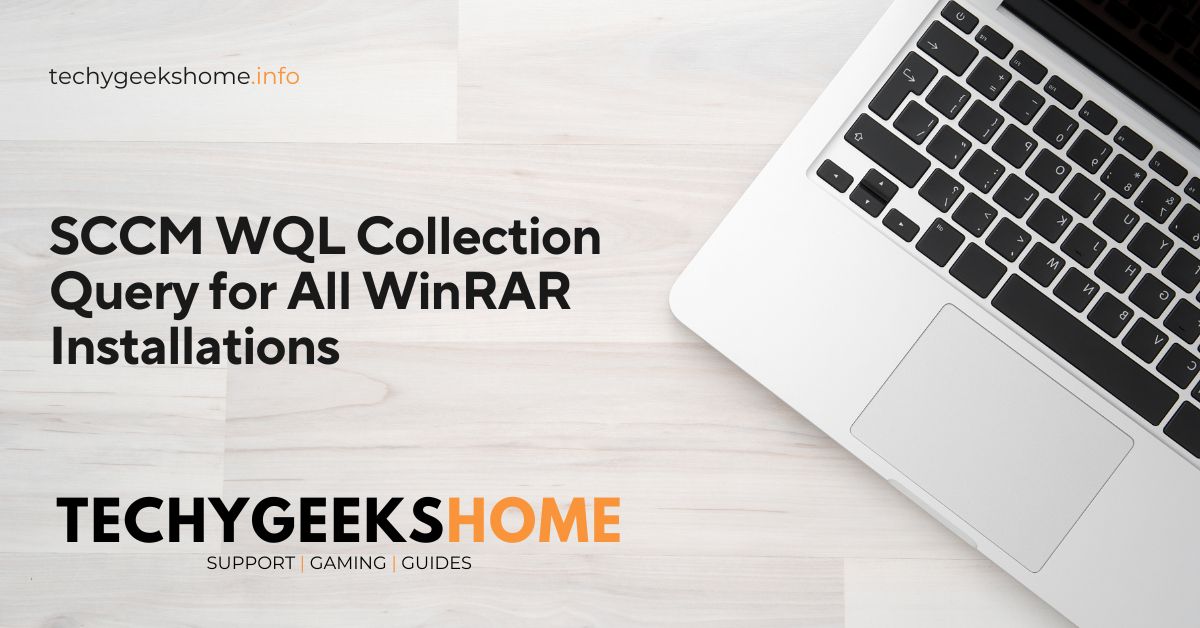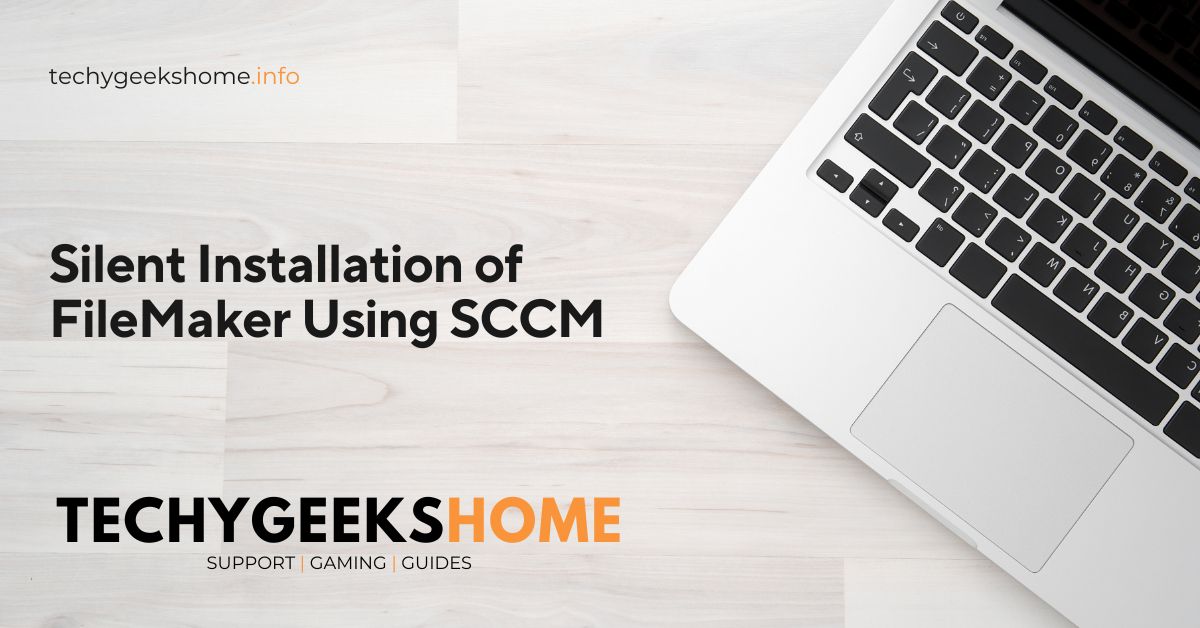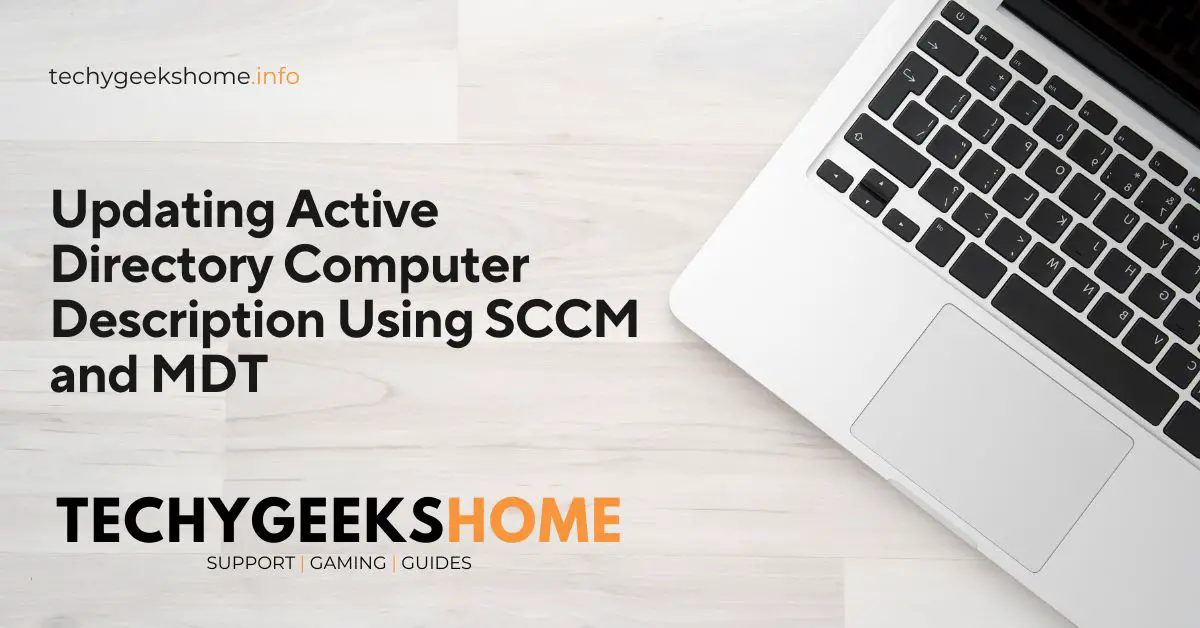SCCM Software Deployment in 2025: Step-by-Step Mastery
Unleashing SCCM for Software Deployment Microsoft System Center Configuration Manager (SCCM)—now tucked into Endpoint Manager—is your heavy hitter for rolling out software across Windows fleets in 2025. Whether it’s pushing Notepad++, custom EXEs, or the latest patches, this guide digs into every angle of SCCM deployment on Server 2022 or Windows 11 clients. From prepping […]










